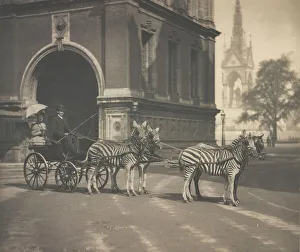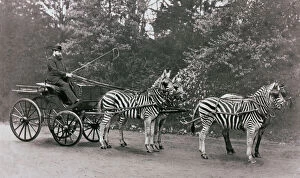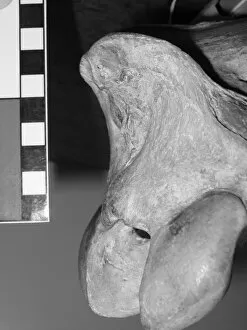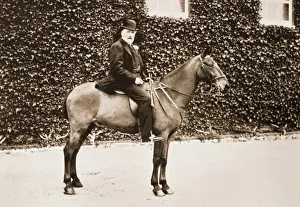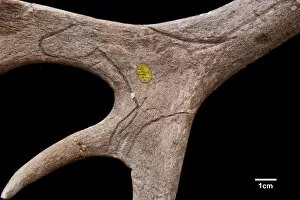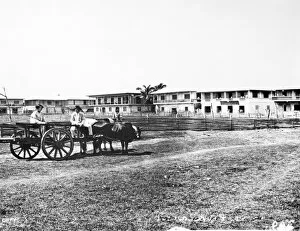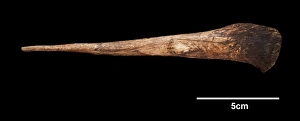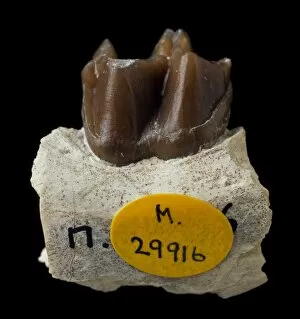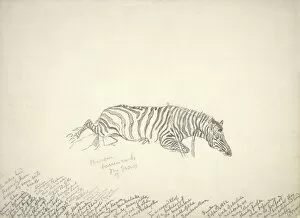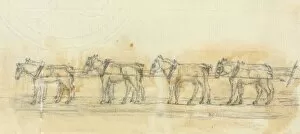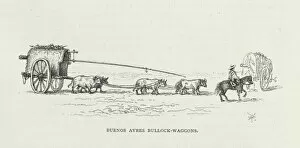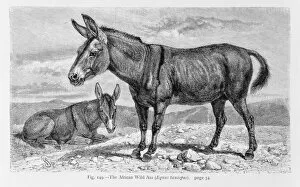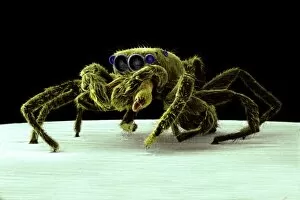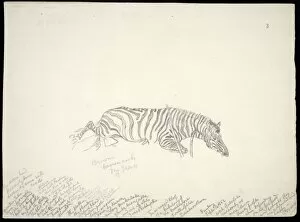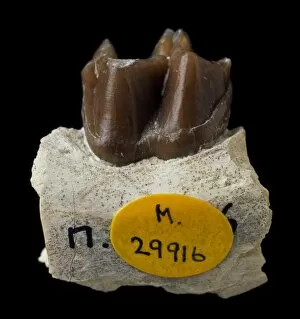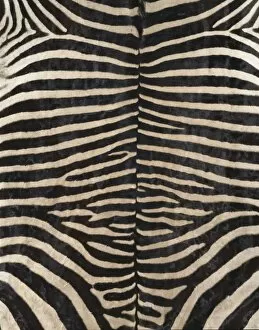Hippomorpha Collection
"Hippomorpha: A Captivating Journey through the Equine World" Step into the fascinating world of Hippomorpha
All Professionally Made to Order for Quick Shipping
"Hippomorpha: A Captivating Journey through the Equine World" Step into the fascinating world of Hippomorpha, where history and nature intertwine to unveil remarkable tales. Let's start with Lord Walter Rothschild, whose eccentricity led him to create a zebra-drawn trap that left everyone in awe. Lord Lionel Walter Rothschild, a man ahead of his time, left an indelible mark on the study of animals. Equus quagga, commonly known as the quagga, takes center stage in this captivating narrative. Its distinct appearance caught the attention of Nathan Natty, 1st Baron Rothschild. Delve into their exploration and uncover the secrets behind this unique species. The reindeer antler from Neschers adds another layer to our story – a testament to humanity's fascination with horses throughout history. An intricately engraved horse-head on bone showcases our enduring connection with these majestic creatures. Venturing further back in time reveals an intriguing discovery – an occipital bone from a horse skull. This relic serves as a window into ancient civilizations' reverence for horses and their significance in various cultures. Traveling across continents brings us to Market Square in Iloilo, Panay, Philippines – witness how horses have played an integral role in shaping communities and economies throughout centuries. The vibrant artwork depicting horses from the 19th century transports us back to bygone eras filled with equine splendor. Unearthed fossil horse teeth provide invaluable insights into evolutionary processes spanning millennia. These remnants serve as silent witnesses to Earth's ever-changing landscape and its impact on these magnificent creatures. Hippomorpha invites you on an enchanting journey through time and space – where zebras pull carriages, reindeer antlers hold stories untold, engraved bones whisper forgotten legends; where horses gallop through market squares leaving imprints upon civilization itself; where fossils bridge gaps between past and present.

